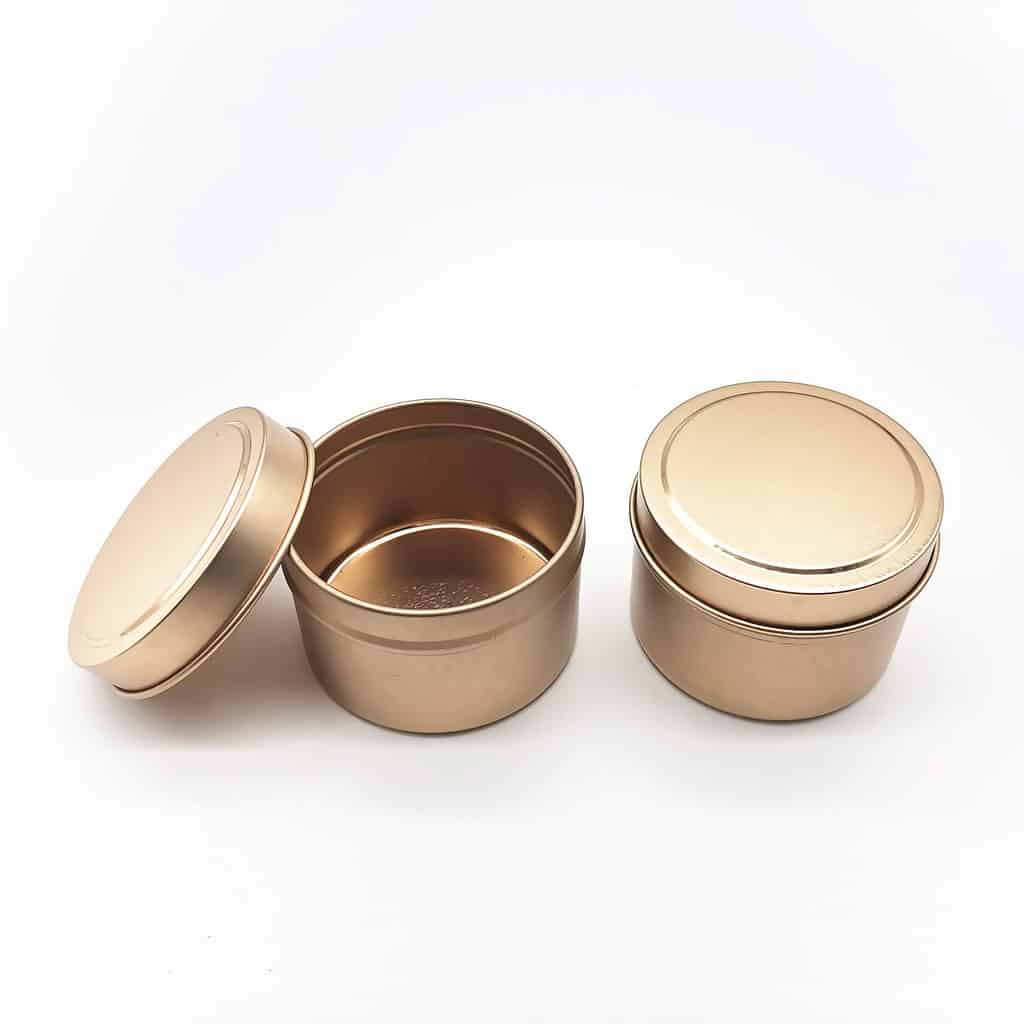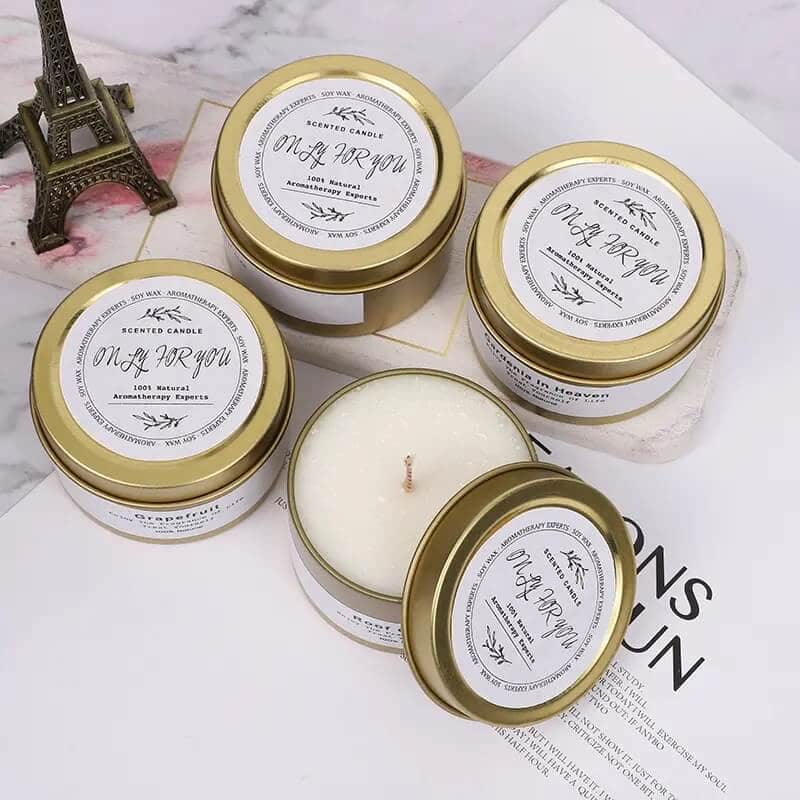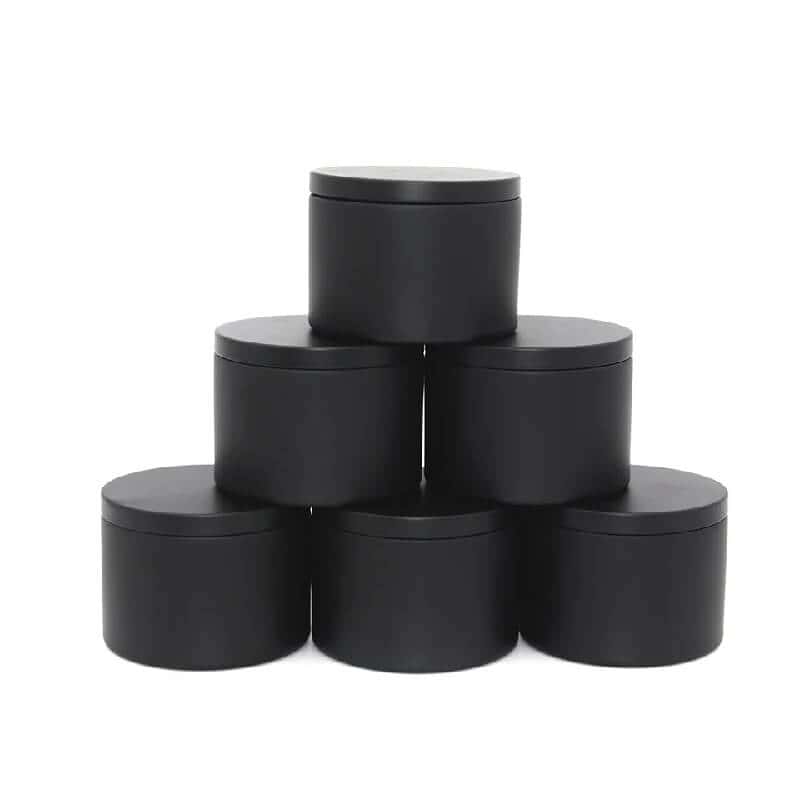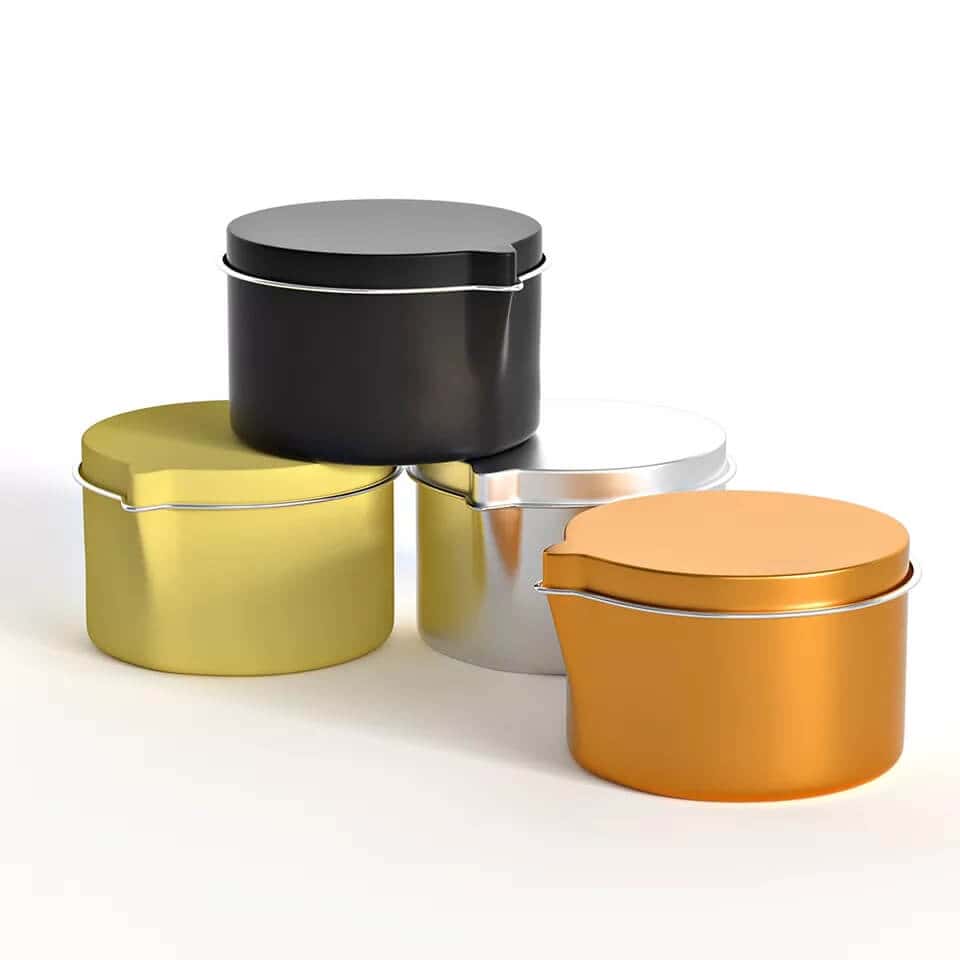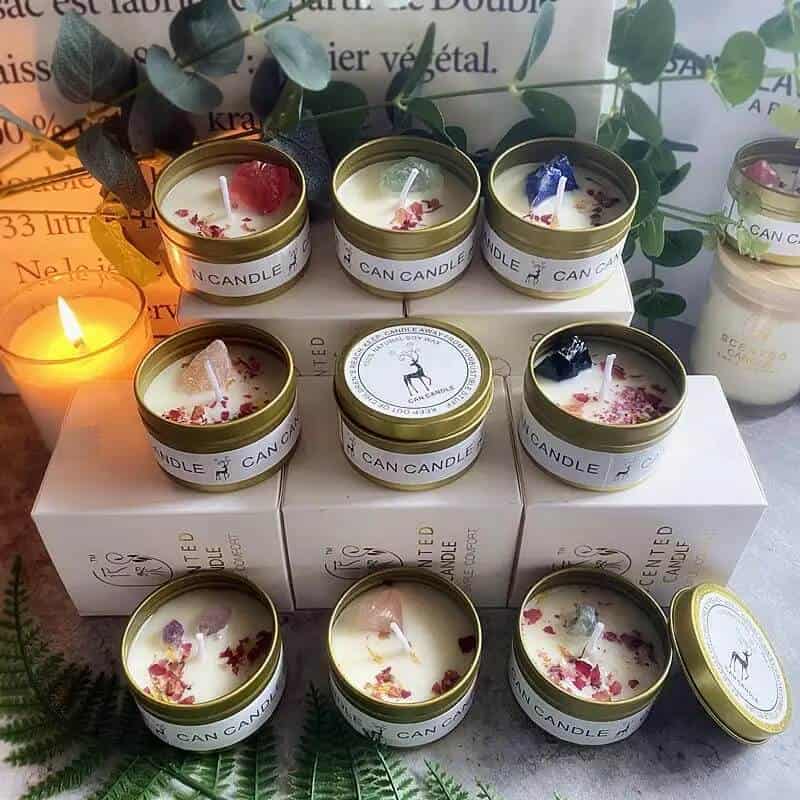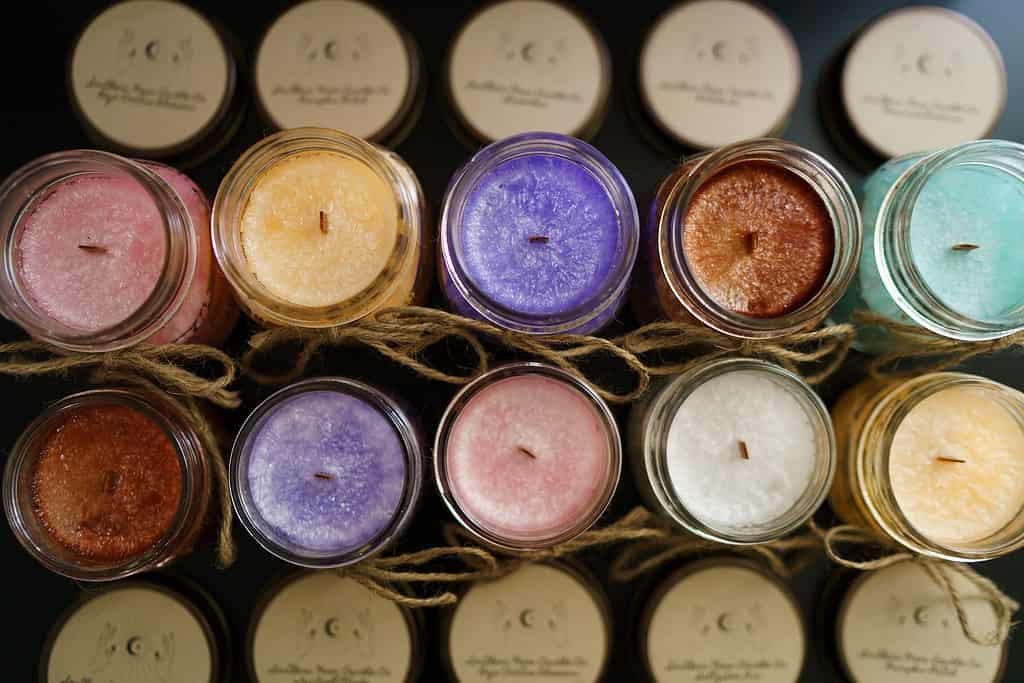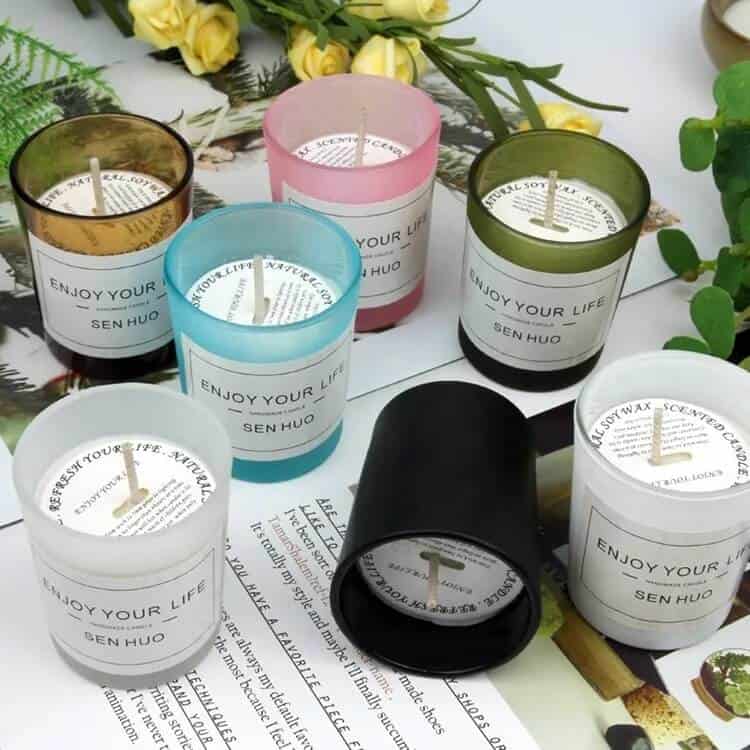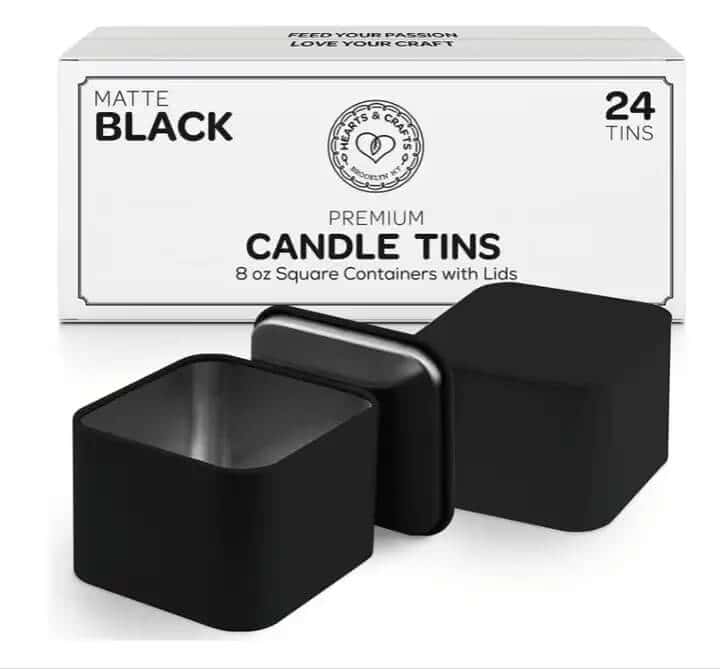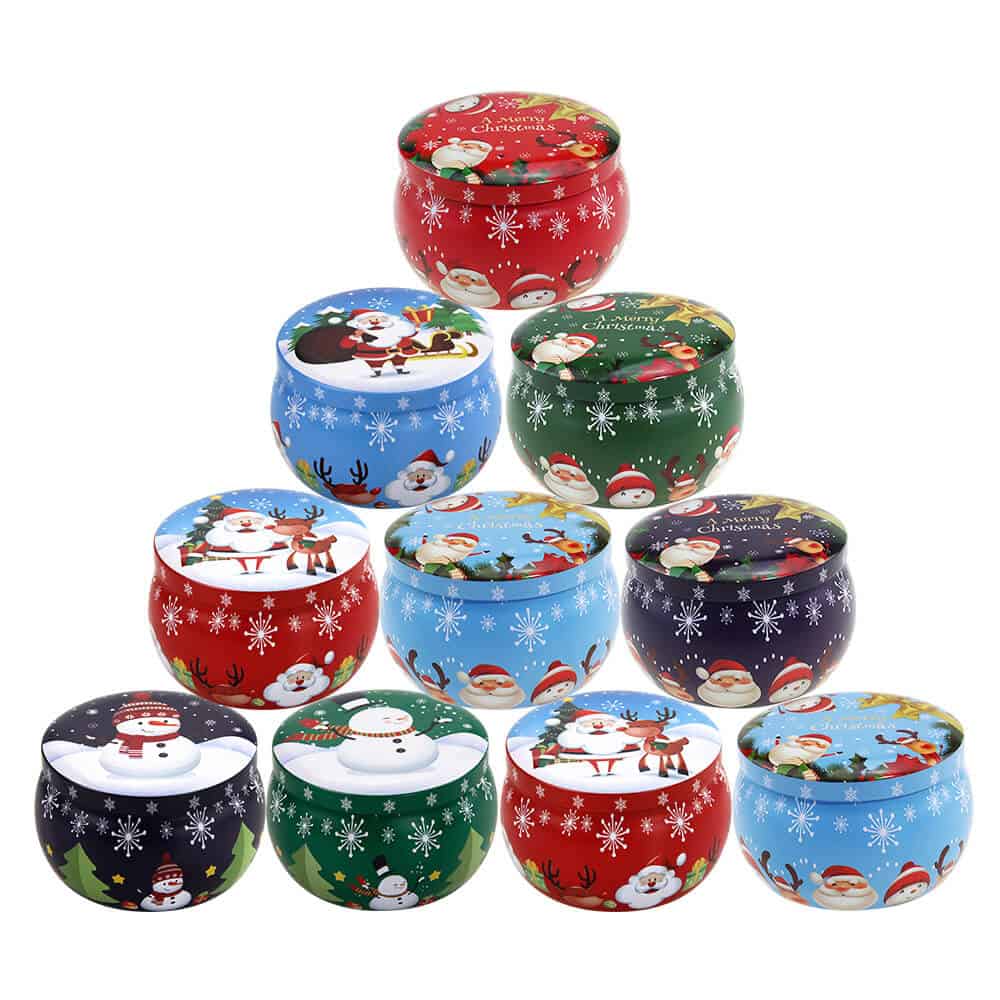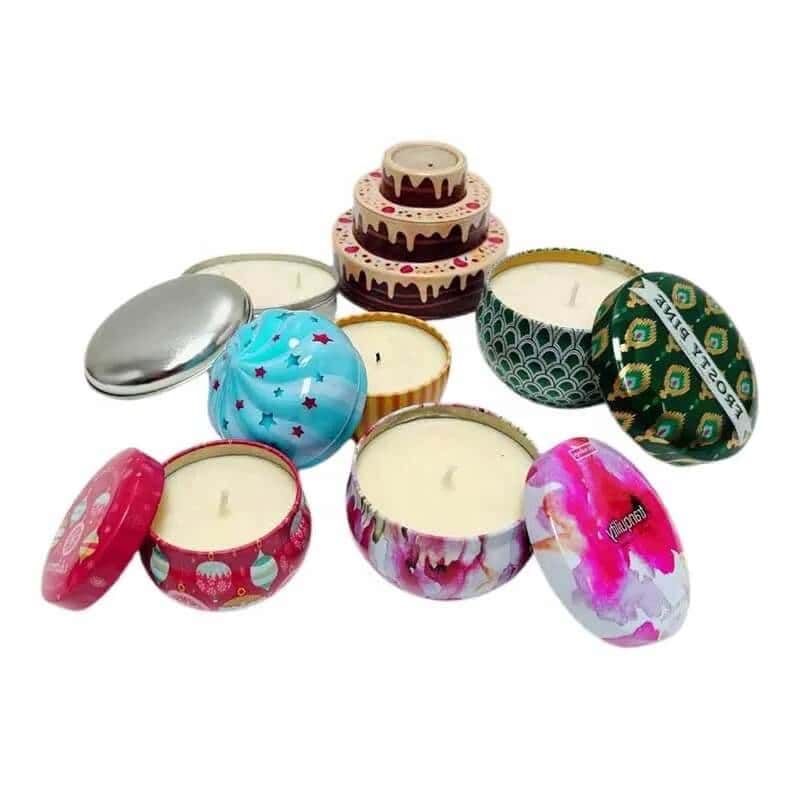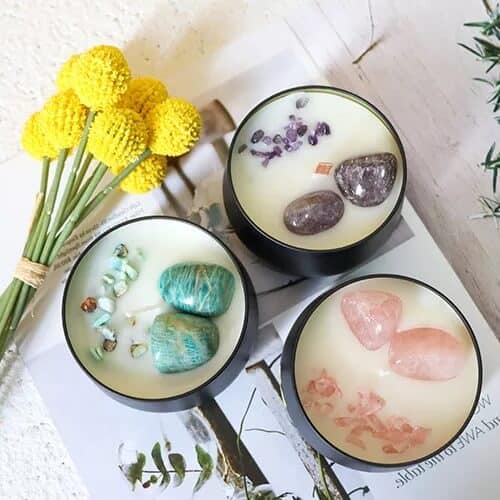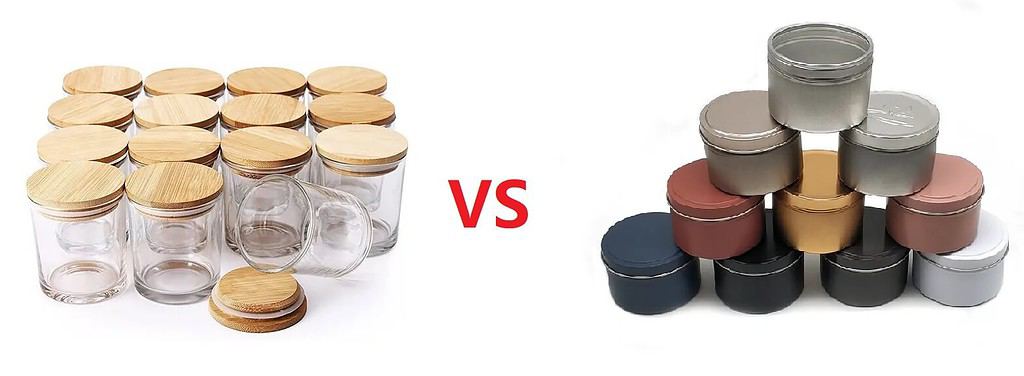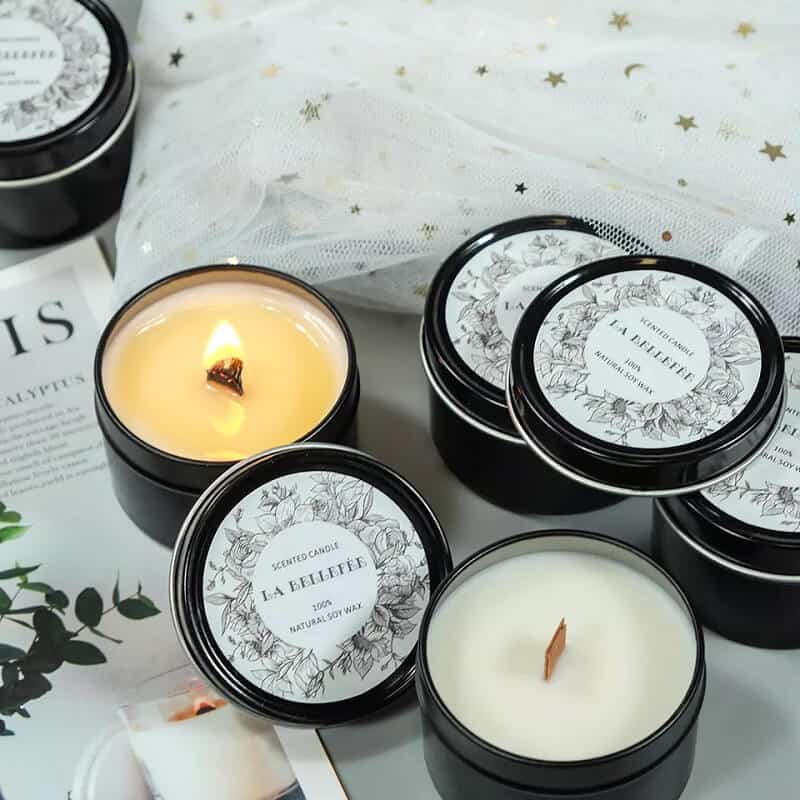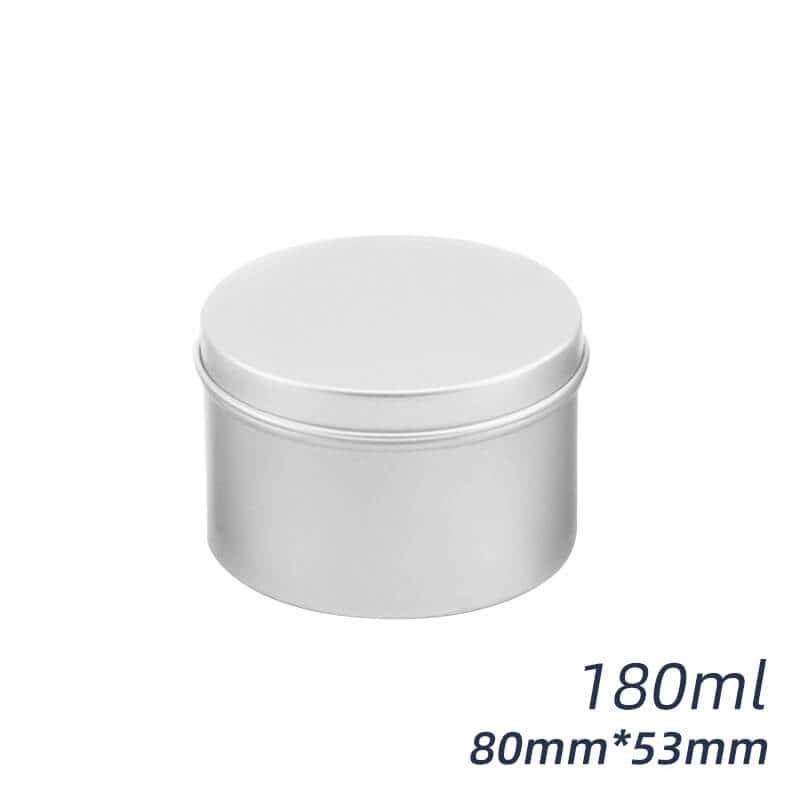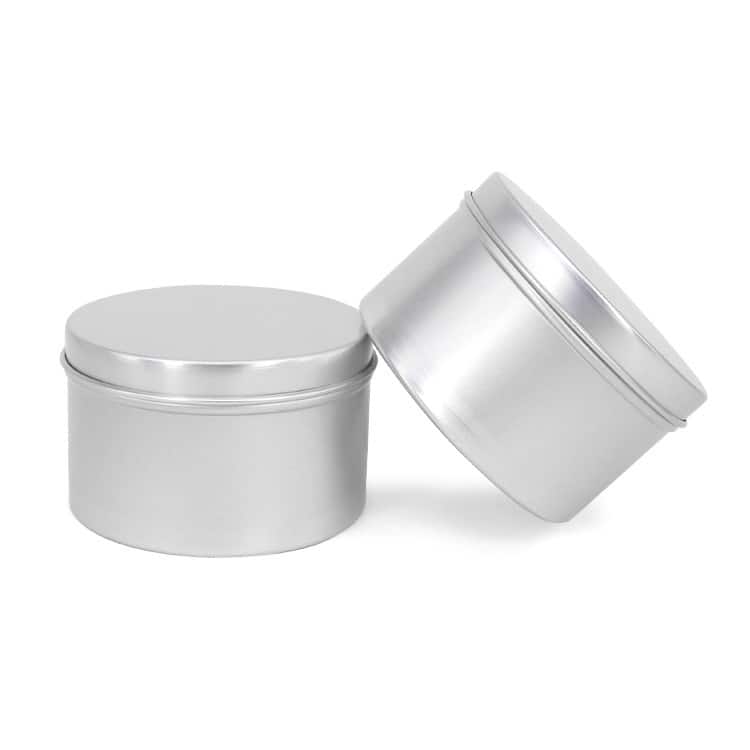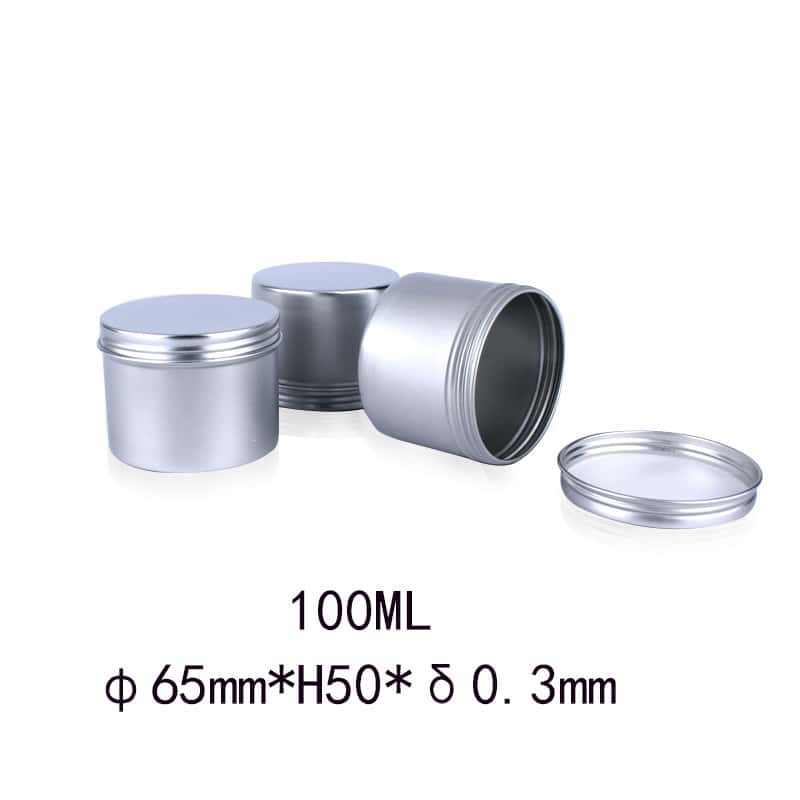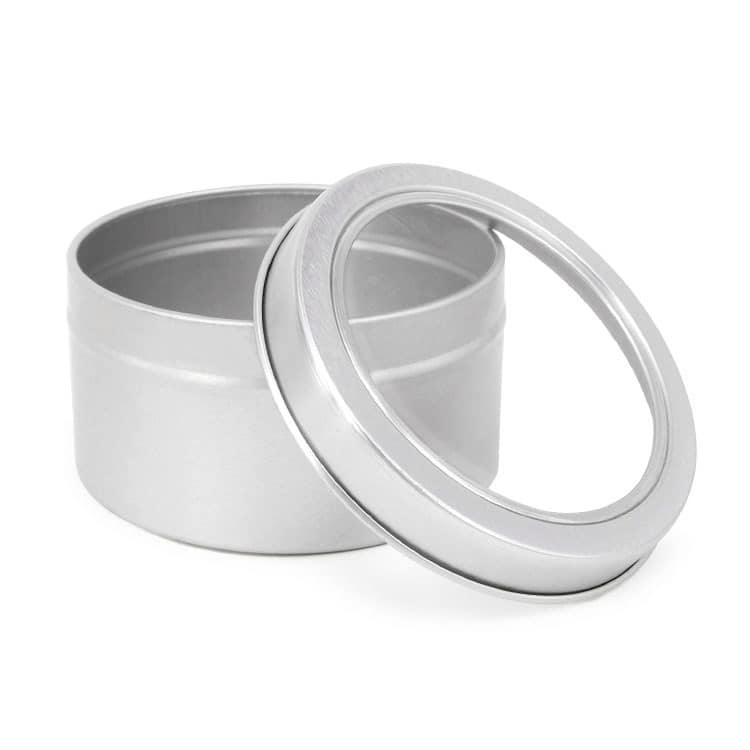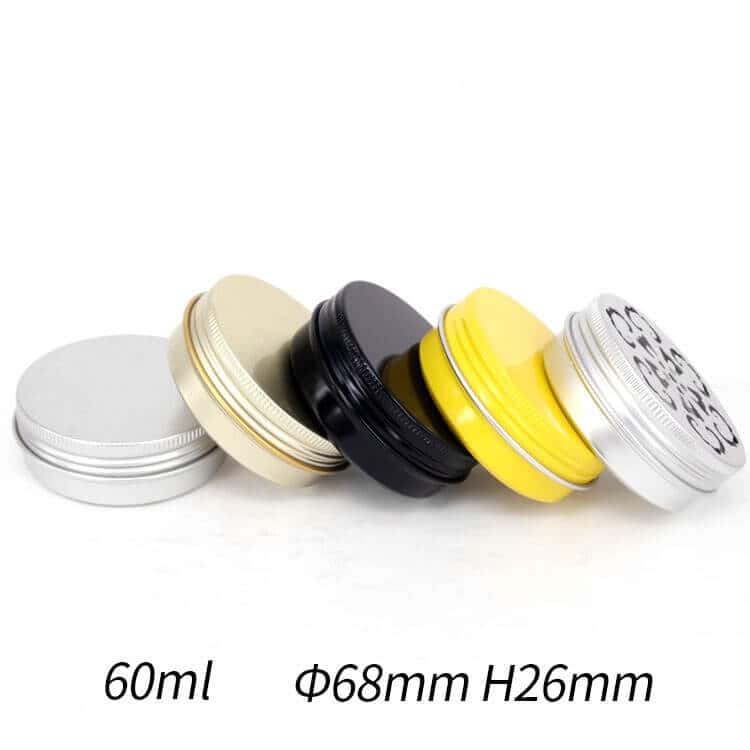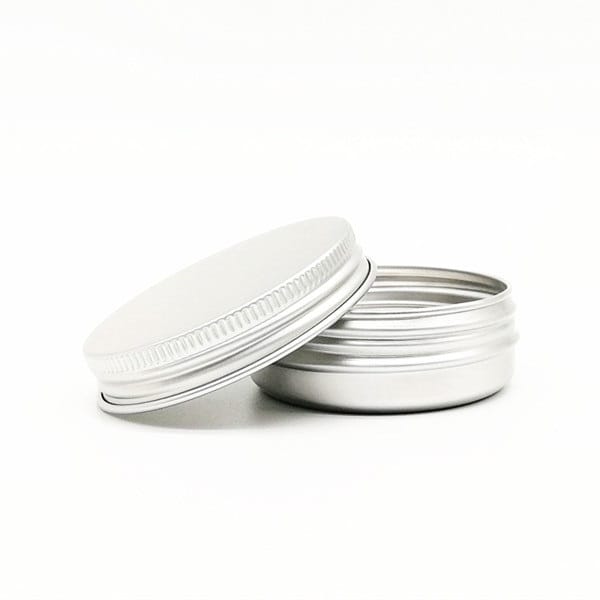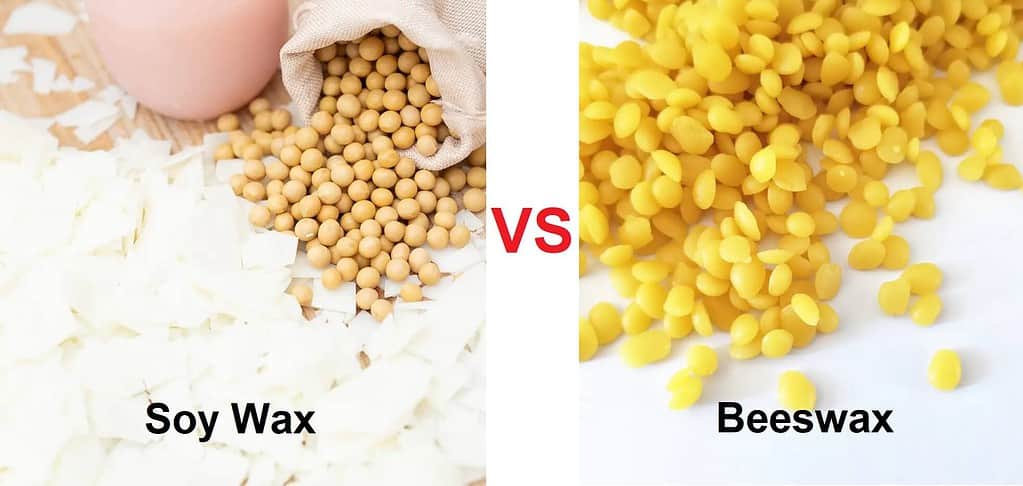
Candles have been a beloved source of warmth, light, and ambiance for centuries. In recent years, they’ve transformed from utilitarian items to a must-have decor piece. They are not only light but also a sense of calm and serenity to our homes.
Today, a wide variety of candles are available in the market, each with its unique attributes, scents, and benefits. Among the most popular are soy and beeswax candles. But what makes these two types stand out from the rest? And how do they compare to each other?
Choose between soy and beeswax candles based on your preferences. Soy candles are vegan and burn longer, while beeswax candles offer a sweet aroma and higher burn temperature. Your choice can depend on cost, burn temperature, and eco-friendly properties.
Here we’ll delve into the benefits and drawbacks of both soy and beeswax candles. Simply, soy and beeswax candles both offer natural alternatives for eco-conscious consumers. Soy candles are vegan, long-lasting, and entirely natural, while beeswax candles have a sweeter aroma and burn at higher temperatures. Your choice between these two depends on factors like cost, candle Life, burn temperature, vegan-friendliness, and environmental impact. So, whether you’re a candle connoisseur or a curious newbie, join us as we explore the fascinating world of soy and beeswax candles.
What is Beeswax?
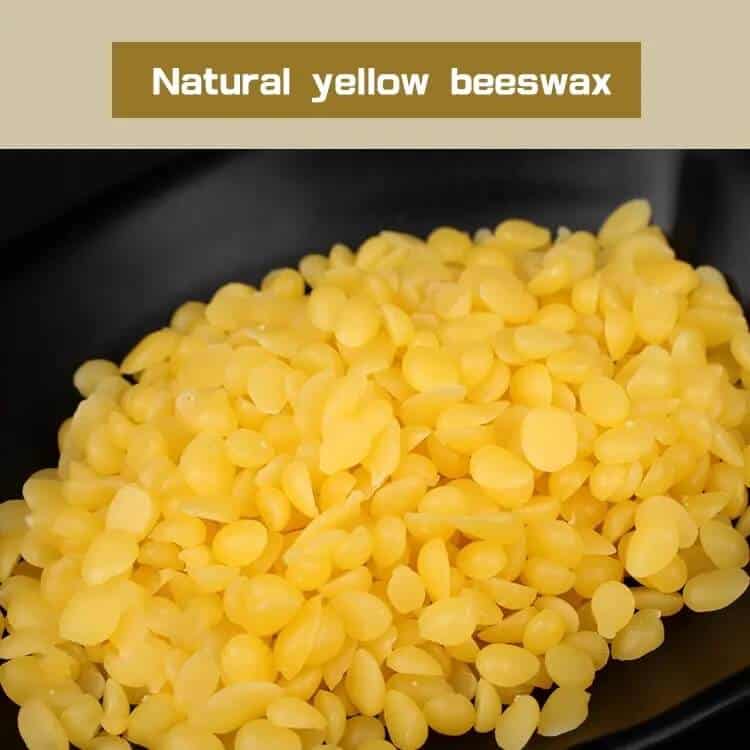
As its name, Beeswax is naturally produced by honey bees. It’s the material they use to construct their intricate honeycombs. When it’s harvested, it can be processed and used for many purposes, one of the most popular being candle making. Beeswax candles are beloved for their long burn time, their bright, steady flame, and the gentle, sweet aroma they give off when lit. Additionally, beeswax is completely biodegradable and a renewable resource. Beeswax is a fantastic option for those who want to enjoy candles but also care about their environmental impact.
Benefits of beeswax candles
There are many benefits of beeswax candles, i would like to list some as below:
- Long Burning: Beeswax candles burn longer compared to other types due to their high melting temperature. This means a beeswax candle will last longer than your soy wax candle.
- Natural and Non-Toxic: Beeswax is a natural substance that doesn’t produce toxic byproducts or heavy soot when burned.
- Hypo-allergenic: They can help purify the air, making them a good choice for allergy sufferers.
- Bright Flame: Beeswax candles emit a brighter flame than most other candles.
- Subtle Fragrance: They give off a natural, honey-like fragrance when lit.
- Environmentally Friendly: Beeswax is a renewable resource and its candles are biodegradable.
- No Added Chemicals: Pure beeswax candles don’t need color or scent additives to enhance their natural beauty.
- Dripless: In a draft-free environment, beeswax candles are often dripless.
What is Soy Wax?

As its name, Soy wax is naturally produced by soybeans. Soy wax is a vegetable wax derived from the oil of soybeans. After harvesting, the beans are cleaned, cracked, and rolled into flakes. The oil is then extracted and hydrogenated, turning it into the wax we use in candles. Soy wax candles are known for their clean burning properties and longer burn time compared to traditional paraffin candles. They also hold fragrances well, making them a popular choice for scented candles. Soy wax candles are a more environmentally friendly option for candle enthusiasts.
Benefits of soy wax candles
There are many benefits of soy wax candles, I would like to list some below:
- Long Burning: Soy wax has a lower melting point which allows it to burn slower and longer than paraffin, but the burning time is shorter than beeswax.
- Clean Burning: Soy candles produce little to no soot, making them a healthier option for indoor use.
- Fragrance Retention: Soy wax holds onto scents well, allowing for a gradual release of fragrance.
- Biodegradable: Soy wax is eco-friendly as it is made from a renewable resource and is biodegradable.
- Easy to Clean: Accidental spills are easier to clean with soap and water.
- Supports Farmers: Buying soy wax candles supports soybean farmers.
- Less Heat: Soy candles burn cooler which can mean a safer burn.
- Vegan: Soy wax comes from soybeans, making it a plant-based, vegan option.
Rose Gold Candle Tins
Luxury Candle Tins
Gold Candle Tins
Black candle tins
Candle tin with pour spout
Soy wax vs Beeswax
Soy and beeswax are both natural products, one being a plant and the other being made by bees that consume plants. We are going to tell you the difference between soy wax and beeswax from production processes, Environmental impact, Cost comparison, Performance, and burning characteristics, Health Concerns / Clean Burn, Scents & Fragrance, Flame, Aesthetics, Candle Life, Vegan, Chemical Processing.
Production Processes
- Beeswax: Produced naturally by honey bees, and harvested directly from beehives.
- Soy Wax: Made by hydrogenating soybean oil, a process that involves industrial methods.
Chemical Processing
- Beeswax: Minimal processing, just a simple filtering process. Beeswax is very natural, minimally treated and non-toxic, making it a great choice for a clean burning beeswax candle, and also a great choice for those that suffer from asthma or allergies of any sort.
- Soy Wax: Requires more processing, including hydrogenation. Soy wax is commonly made from genetically modified soybeans and soybeans treated with chemicals and pesticides making many soy wax candles slightly more toxic in nature.
Environmental Impact
- Beeswax: Sustainable and eco-friendly, but bee populations may be affected by over-harvesting.
- Soy Wax: Biodegradable and renewable, but its production can sometimes involve deforestation and use of pesticides.
Cost Comparison
- Beeswax: Generally more expensive due to the labor-intensive extraction process.
- Soy Wax: Usually less expensive because soybeans are widely grown and easily harvested.
Health Concerns / Clean Burn
- Beeswax: Burns cleanly with little soot and can help purify the air.
- Soy Wax: Also clean-burning, emits fewer pollutants than many other types of candles.
Scents & Fragrance
- Beeswax: Has a natural, subtle honey-like scent. Beeswax releases negative ions, which help purify, and also has a naturally sweet and pleasant scent.
- Soy Wax: Generally unscented, but holds and releases added fragrances well.
Flame
- Beeswax: Produces a bright, warm flame. Beeswax candles produce a more natural light that is within the same spectrum of sunlight.
- Soy Wax: Gives off a softer, more ambient light. Soy candles tend to produce a white, cool-toned flame.
aesthetics
- Beeswax: Beeswax candles are generally amber or yellow. Typically has a rich, golden color and a smooth texture.
- Soy Wax: Usually white in color and can sometimes have a more rustic, “frosty” texture.
Candle Life
- Beeswax: Beeswax has a higher burn temperature than soy wax, and this causes beeswax burns for a longer time than soy wax.
- Soy Wax: Also has a good lifespan, burning slower because of a lower melting point.
If comparing roughly 100g of wax, poured beeswax would take approximately 29 hours to burn while Soy would burn for 18 hours. Paraffin would burn for only 15 hours.
Vegan
- Beeswax: Not vegan as it’s a by-product of bees.
- Soy Wax: Vegan-friendly, made from plant-based soybeans.
Environmental Impact
- Beeswax: Sustainable and eco-friendly, but bee populations may be affected by over-harvesting.
- Soy Wax: Biodegradable and renewable, but its production can sometimes involve deforestation and use of pesticides.
| Comparison Factor | Beeswax | Soy Wax |
|---|---|---|
| Production Processes | Naturally produced by honey bees | Produced by hydrogenating soybean oil |
| Chemical Processing | Minimal processing, natural, non-toxic | Requires more processing |
| Cost | More expensive due to labor-intensive extraction | Less expensive due to abundance of soybeans |
| Health/Clean Burn | Burns cleanly with little soot | Also clean-burning, fewer pollutants |
| Scents & Fragrance | Natural honey-like scent | Generally unscented but holds added fragrances well |
| Flame | Bright, warm flame | Softer, more ambient light |
| Aesthetics | Rich, yellow color and smooth texture | Typically white, can have a rustic, “frosty” texture |
| Candle Life | Longer due to high melting point | Also long, due to slower burn rate |
| Vegan | Not vegan as it’s a by-product of bees | Vegan-friendly, made from plant-based soybeans |
| Environmental Impact | Sustainable but over-harvesting can impact bee populations | Biodegradable but production can involve deforestation |
Factors to Consider when Choosing
When it comes to choosing between beeswax and soy candles, there are a few things to think about. Here’s a simple guide to help you decide:
- Smell: Do you like a natural, sweet smell? Go for beeswax. If you like a variety of different scents or no scent at all, soy might be right for you.
- Long-Lasting: Both beeswax and soy candles burn for a long time. But if you want the longest burning candle, beeswax is the winner.
- Health: Both candles are better for your health than regular candles, but beeswax can help clean the air in your home too.
- Price: If you’re on a budget, soy candles are usually cheaper than beeswax.
- Animal-Friendly: If you’re a vegan or care about animals, choose soy. Beeswax is made by bees, so it’s not vegan.
- Environment: Both are better for the environment than regular candles, but making soy candles can sometimes harm forests, while making beeswax can sometimes harm bees.
- Look and Feel: Beeswax candles are usually yellow and smooth, while soy candles are white and can look a bit frosty. Choose the one that you think is prettiest!
- Chemicals: Beeswax candles are very natural, while soy candles need a bit more processing to make. Soy wax is often produced from genetically modified soybeans and treated with chemicals and pesticides.
Remember, the best candle for you will depend on what matters most to you. Happy candle hunting!
Conclusion
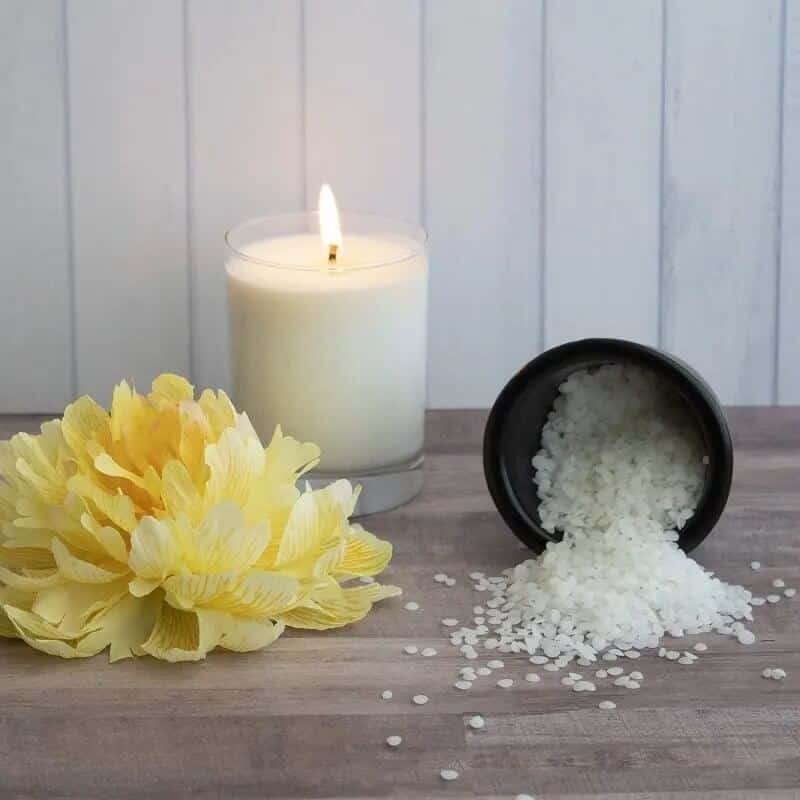
In conclusion, both beeswax and soy candles have their unique benefits. Soy wax is cost-effective, aesthetically pleasing, retains oils well, and is vegan and eco-friendly, making it a strong competitor to beeswax. However, beeswax wins in terms of sweetness, nature, and burn temperature.
It’s important to note that soy wax is often produced from genetically modified soybeans and treated with chemicals and pesticides. This can make soy wax candles slightly more toxic in nature. If you prioritize quality and safety in your home, it is better to make the switch to beeswax candles.
We hope this guide helps you find the perfect candle to light up your space. Happy candle shopping!

